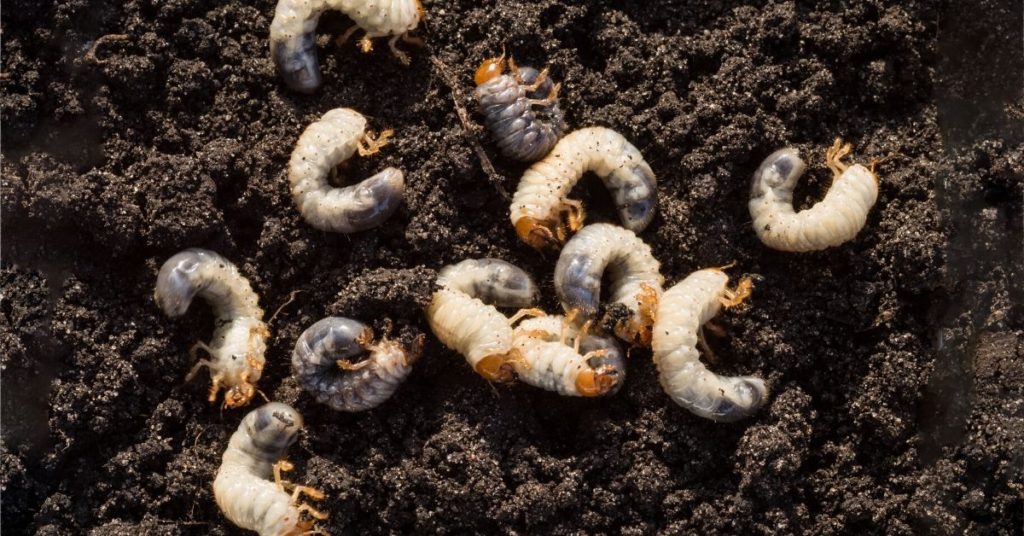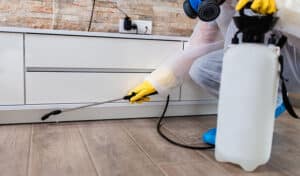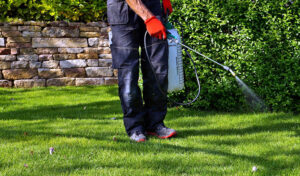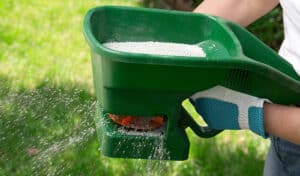Boasting a well-manicured, green lawn makes your house’s exterior look complete and boosts your home’s curb appeal and value. Homeowners in Utah grow grass that will survive the dry summers, such as Kentucky bluegrass, fine fescue, tall fescue, and ryegrass. However, even the toughest of lawns are susceptible to pest infestations. Your yard is bound to attract common lawn pests such as grubs, chinch bugs, and billbugs. You’ll begin to notice your grass is covered in dead patches once these pests settle in your grass, which will make your lawn look unsightly. If you’re a resident of Utah who’s proud of their front yard, then it’s worth learning about local pests that pose a threat to your lawn. Don’t let your hard work go to waste! Here’s everything you need to know about the most common lawn pests in the Beehive State.
1. Chinch Bugs
Chinch bugs are one of the most common pests in Utah, and they’re troublesome for a variety of reasons. Chinch bugs usually live in thatch, which is a layer of organic matter that accumulates on a lawn around the base of the grass plants. These grass-destroying critters feast on the crown and bottom parts of grass blades by piercing and sucking on the blade. As a result, your lawn’s pierced grass blades won’t be able to transfer water to each other, which will disrupt your grass’s growth. The damage chinch bugs leave your lawn will look similar to a yard that doesn’t receive enough water. If you routinely water your lawn and you notice your grass isn’t improving and looks dead, chances are your lawn is being taken over by chinch bugs.
2. Grubs
Grubs are the most destructive lawn pests in Utah. These pests are beetle larvae, and they munch on the roots of your grass. Root destruction creates brown spots that spread across the rest of the lawn and destroyed roots ultimately result in dead grass. However, dead grass doesn’t necessarily mean your lawn has a grub problem, and it might indicate your sprinkler system isn’t functioning correctly. Malfunctioning sprinkles might not water a few patches of your grass, so how can you tell if it’s a sprinkler issue or a grub issue?
There’s a simple test you can do to discover the reason your grass is having problems. Place a can in the middle of the dead spots on your grass to catch your sprinkler’s water. Leave the can on your grass for about 15 minutes. Once the 15 minutes are up, check if your can collected sprinkler water. If it has water in it, then you know you have a grub problem.
3. Billbugs
Another infamous pest you should be on the lookout for is the billbug. Billbugs are similar to grubs, except they’re harder to spot because they burrow in your soil. These destructive pests also eat grass blades, and they also enjoy grass stems. Larvae tend to feed on roots, and adult billbugs stick to stems. Billbugs are challenging to identify because the damage they cause to your lawn looks similar to drought damage.
Lawn pests have no place in your pristine lawn. If your grass has fallen victim to a pest that won’t go away, contact Summit Lawn & Pest Control. Our dedicated team of technicians is highly trained in lawn care and pest control, so contact us today.







